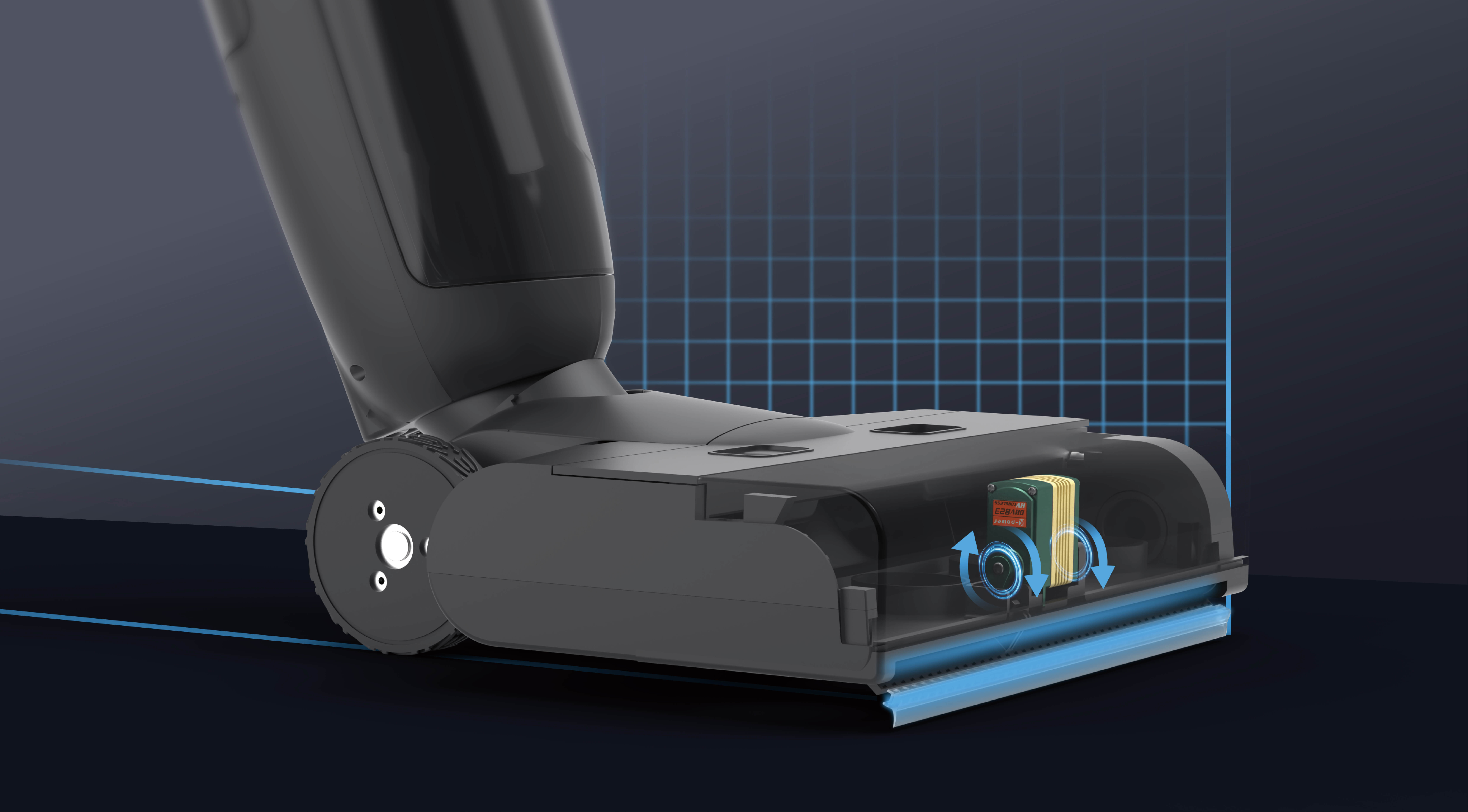Sure! Here’s a lively, engaging piece on the principles of microservices, with a casual tone and a bit of randomness, all geared towards SEO without being overly formal or structured:

Have you ever wondered how big tech companies manage all those apps and services without everything crashing down? It’s all about microservices. Think of the entire system as a busy city—each microservice is like a small, specialized shop that handles its own daily tasks. No single store runs the entire city, but together, they keep everything moving smoothly.
So, what are these principles that make microservices so powerful? Let’s dive into it. First off, decentralization. Nobody wants a bossy boss dictating every single move. Microservices break down a big monolithic app into smaller, independent pieces. Imagine a bakery that has separate units for bread, pastries, and cakes. They each focus on doing their thing well without messing with others. This setup gives teams more freedom, and updates happen faster—no more waiting for the whole building to get renovated.
Next, independence. It's like doesn't bother other stores unless needed. Each microservice is autonomous, meaning it can be built, deployed, and scaled on its own. If a particular feature becomes super popular, you can just pump up its resources without disrupting the whole system. Flexibility is the name of the game here.
Then, there’s resilience. Ever had a shop close unexpectedly? The city keeps going. Same principle. If one microservice crashes, the rest keep chugging along. Think about a messaging app losing one feature temporarily—users barely notice. This separation helps contain problems and keeps the entire operation resilient.
The fourth principle is ease of deployment. No more waiting months for big releases. Microservices let developers push updates piecemeal—like adding a new flavor at a coffee shop without shutting everything down. Continuous integration and continuous delivery (CI/CD) make this a reality, making updates smooth and quick.
Now, it might be worth asking, “But isn’t managing so many microservices a nightmare?” Not really, if you’re set up properly. Proper monitoring, automation, and clear APIs do wonders. Plus, with consistent standards, each microservice knows how to “talk” to others, like a well-rehearsed band.
The last bit—technological diversity. Microservices aren’t glued to one tech stack. This means teams can use what they do best—be it Java, Python, or Node.js—whenever it suits the task. Flexibility here sparks innovation and allows teams to optimize performance.
So, what’s the big idea? Microservices embody a mindset of agility—breaking down huge systems into manageable, clickable pieces that can evolve independently. It’s like building a Lego city: every piece matters but also fits into the bigger picture. And when everything clicks, scaling becomes smoother, failures are contained, and development moves faster than ever.
Thinking of adopting microservices? You’re not alone. Many thriving systems use this approach to stay flexible, resilient, and ready for whatever comes next. It’s an architectural mindset that’s reshaping how digital products are built and managed—without the headaches of one giant monolith.
How’s that? Feel free to suggest tweaks or ask for a different angle!
Established in 2005, Kpower has been dedicated to a professional compact motion unit manufacturer, headquartered in Dongguan, Guangdong Province, China. Leveraging innovations in modular drive technology, Kpower integrates high-performance motors, precision reducers, and multi-protocol control systems to provide efficient and customized smart drive system solutions. Kpower has delivered professional drive system solutions to over 500 enterprise clients globally with products covering various fields such as Smart Home Systems, Automatic Electronics, Robotics, Precision Agriculture, Drones, and Industrial Automation.




































